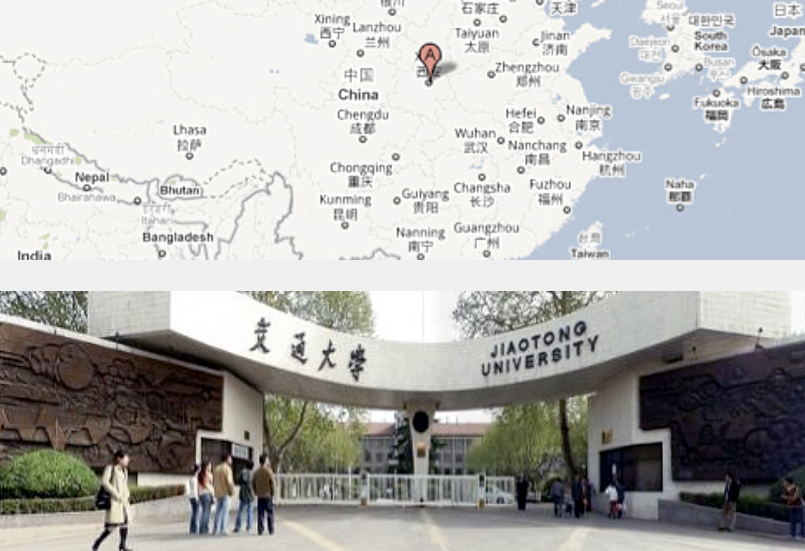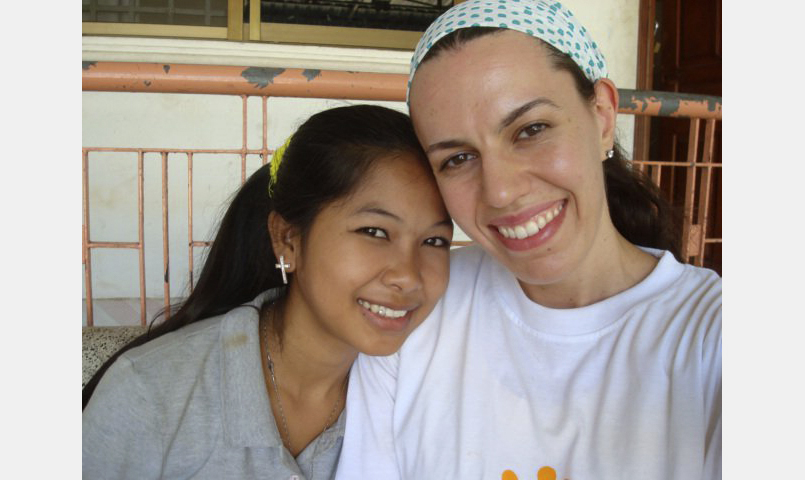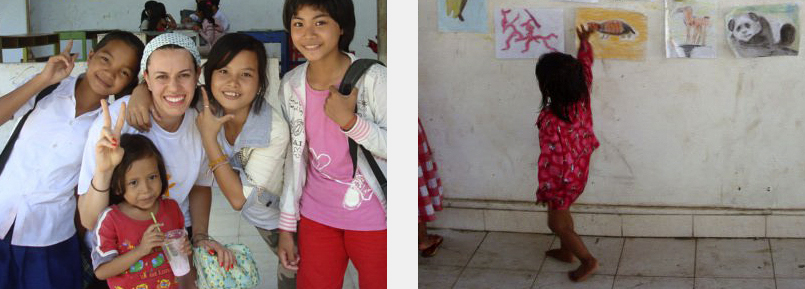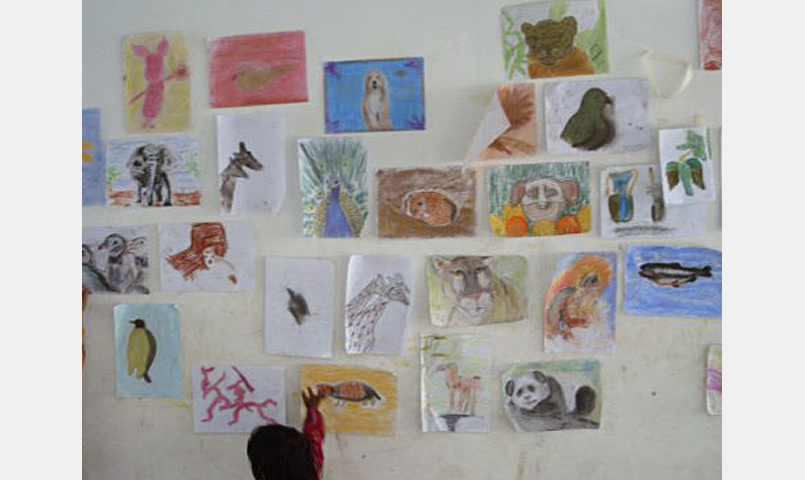Nicky |
05/13/2016 |
Becoming a pescetarian was one of the best decisions that I’ve ever made at age 20. I have not eaten meat since then except for fish, and I don’t plan to for the rest of my life. You might be wondering, “What is a pescetarian?” Pescetarianism, or pesco-vegetarianism, means being vegetarian while still including seafood in your diet. We cut out (don’t eat) red meat, pork, poultry, etc. from our diet like a vegetarian, but do not cut out fish and other seafood. Some pescetarians continue eating milk and eggs, and some choose not to. It is a personal choice, and each person is different.
Many people ask me “How did you do that? I could never give up meat!” The switch to a pescetarianism diet was actually easy for me. I feel a lot healthier eating this way, have a lot more energy, better skin, and it is easy to maintain a healthy weight. A lot of people don’t realize that over time, your body’s craving for meat disappears, and you will feel sick if you eat meat again.
So here are my top five reasons why many people become pescetarian.
1) Pescetarianism will improve your health.
A pescetarian diet reduces your risk for heart disease and other cardiovascular diseases, stroke, osteoporosis, obesity, diabetes, arthritis, high blood pressure and some types of cancer. According to the Yale College Vegetarian Society, experts say that up to 80 percent of cancer cases are preventable through healthy diets that contain low amounts of fats and oils, and high amounts of fiber ― the typical pescetarian diet.
Processed meat is often covered in pesticides and chemicals that are harmful, and after extended consumption, can be very dangerous, to humans. Every bite of processed meat contains seven cancer-causing pesticides. And here’s a shocking fact, brought to light by David Steinman’s “Living Healthy in a Toxic World“: The primary source of nuclear radiation contamination in humans is from beef and dairy products.
Many people ask me about protein. All of the protein you need can come from fish, many fruits and vegetables, and whole grains. Vegetarian diets supply more than adequate amounts of protein. Also, fish is very low in saturated fat and contains very large quantities of polyunsaturated omega-3 fatty acids, which have been connected to treatments for heart disease, depression, ADD, cancer, cardiovascular disease and diabetes. Another benefit is the healthy amount of iron in fish and seafood. Pescetarians have a lower risk of developing iron deficiency anemia ― a common condition among vegans and vegetarians.
2) Becoming a pescetarian is good for our planet.
The Vegetarian Resource Group reports that one pound of beef requires 2,500 gallons of water, but a pound of soy requires only 250 gallons of water and a pound of wheat requires only 25 gallons. Also, deforestation caused by the need to create space for livestock is tremendous. Every year 20,000 square miles of Amazon rainforest disappear, and 80 percent of that is because of livestock.
The livestock and the fertilizers create waste and toxic emissions. Livestock raised for slaughter produce 130 times the excrement (waste) of the entire human population. Many fertilizers and waster also run into rivers and oceans, and create “dead zones” where sea animals or plants cannot live. The grains and corn that livestock usually eat, could feed the 60 million human beings who die of starvation every year. Nutritionist Jean Mayer says if we reduced our meat consumption by just 10 percent, we could feed another 60 million hungry people.
3) To be against animal cruelty.
Most people know some of what is going on in slaughterhouses and livestock farms. They know that animals are bred and be killed and eaten by humans. But people may not know about the disgusting conditions and inhumane treatment of these animals. Animals are subjected to some pretty terrible living conditions, full of excrement and flies, packed into crates so crowded that they can’t move. They don’t live in natural habits.
Chickens for example are kept in big warehouses in tiny wire cages as big as file cabinets ― packed with about 10 or more chickens. The chickens peck at each other, so their beaks are removed. This is called de-beaking. This is done to each chicken with no painkillers. Their breasts are so heavy from injected growth hormones that they sometimes can’t fly or stand, and their legs are often broken. Many cages have chickens that die from a disease, and other chickens eat the dead body, spreading disease. The treatment of hogs and cows are just as terrible.
“If slaughterhouses had glass walls, everyone would be vegetarian.”
- Paul McCartney
4) We aren’t natural carnivores (meat eaters).
Natural carnivores have claws, pointed front teeth to tear raw flesh, and they sweat through their tongues. Herbivores (plant eaters) and omnivores (meat and plant eaters) don’t have claws, have dull teeth, and sweat through the skin. Carnivores also have short intestines, but herbivores and omnivores have intestines that are several times their body length. Human intestines are about 25 feet long.
Fish are digested much, much quicker than red meat. Fish and seafood have omega-3 fatty acids DHA and EPA, which are necessary in the diet of a human being. However I still recommend you avoid fish that come from fish farms, and try to consume only wild fish from the sea or rivers. Then, you get omega-3 acids in the purest and healthiest form, and also reduce your risk of consuming sick fish that may be packed with chemicals from fish farms.
5) Vegetarian and pescetarian diets are easier to follow than a vegan diet.
There are many types of vegetarians, and they all are trying to improve their health, be anti-animal cruelty, and take care of our planet. Some types of vegetarians, called vegans, are very strict. Vegans cut out all animal products from their diet and lifestyle, including leather, honey, gelatin, white sugar, and so on. Even though vegan diets might be the best for health and Earth, they take a lot of planning and time, and can be difficult at social events. Vegan diets are very difficult and strict, so many people choose to be vegetarian or pescetarian instead. It is easy to find vegetable and seafood options in most restaurants!





